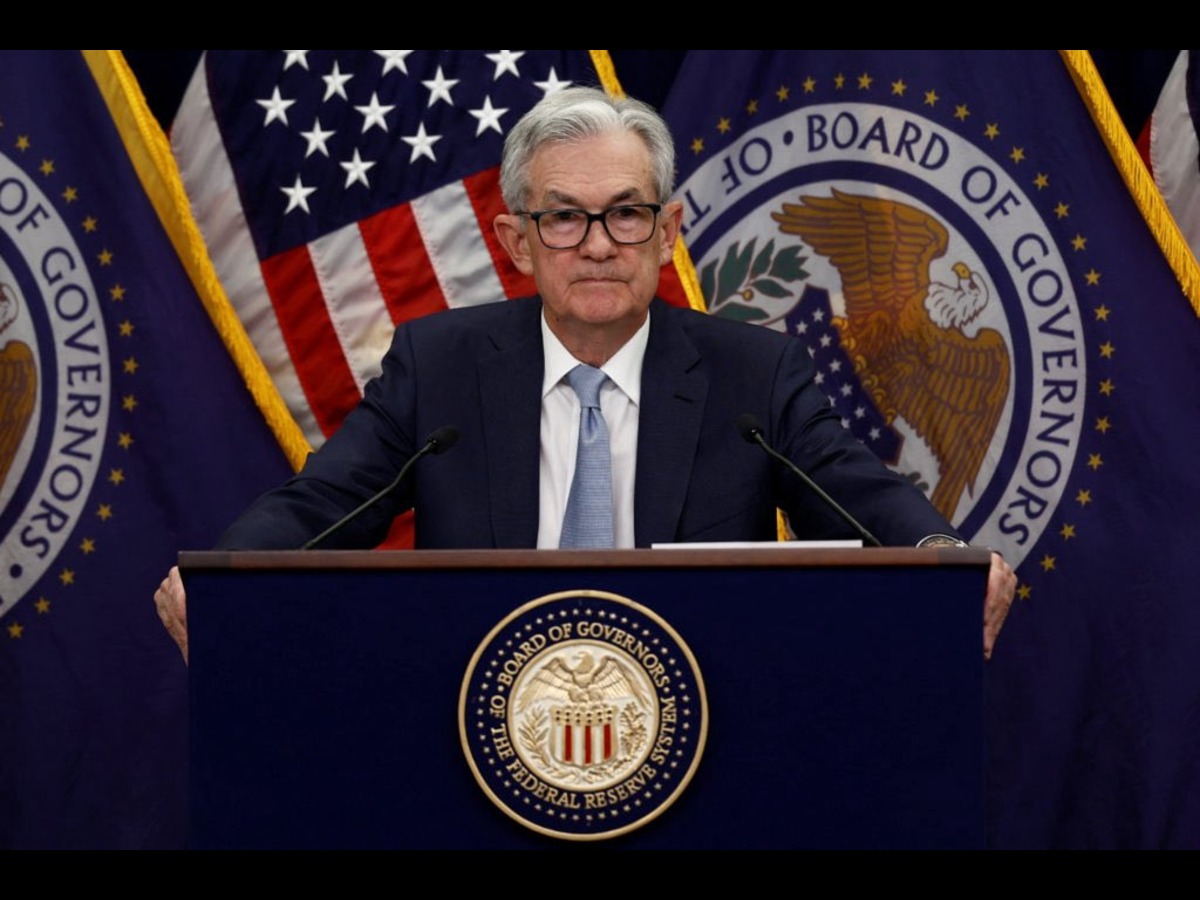The US economy made a resounding comeback in the second quarter of 2025 but underlying data shows that the recovery could be deceptive. The GDP report of Commerce Department revealed that it grew at the rate of 3 percent, a change from the contraction of 0.5% in the first quarter.
Reports suggested the improvement was mostly a result of major plunge in imports and not an effect of surge in domestic consumption.
The 30.3% drop in imports is the largest on record which helped in slashing the trade deficit and added 5 percentage points to GDP. Experts say these fluctuations are volatile and does not represent long-term growth.
US Consumer Spending Registered a Hike of Just 1.4 Percent
In fact, domestic demand — a better measure of the economy’s true strength — rose at its slowest pace in two and a half years. Consumer spending, which drives over two-thirds of U.S. economic activity, increased at a modest 1.4% annualized rate after nearly stalling in the first quarter. Business investment in equipment slowed sharply, while residential investment shrank for the second consecutive quarter.
The data reflect an economy losing momentum as businesses and consumers face growing uncertainty from President Donald Trump’s aggressive trade policies. While the administration has struck several trade deals, about 60% of imports remain uncovered by such agreements. The overall tariff rate is still among the highest since the 1930s, raising concerns about inflation and suppressed consumer demand.
Will US GDP Bounce Back Again in Q3?
Freya Beamish, chief economist at TS Lombard, described the situation as “an own goal by U.S. policymakers,” saying the economy that had previously defied expectations is now being held back by trade tensions.
Despite the short-term GDP boost, economists predict tepid growth in the second half of 2025. Growth for the full year is expected to slow to around 1.5%, down from 2.8% in 2024 and below the Federal Reserve’s estimated non-inflationary rate of 1.8%.
Experts had predicted that the Fed could keep interest rates steady at around 4.25%-4.50% even if Donald Trump wanted to reduce the rates more. The Federal Reserve had slashed the rates thrice in 2024.
Also Read: Explained: How Trump’s Mass Deportation Drive Could Shrink US Workforce and Economy






